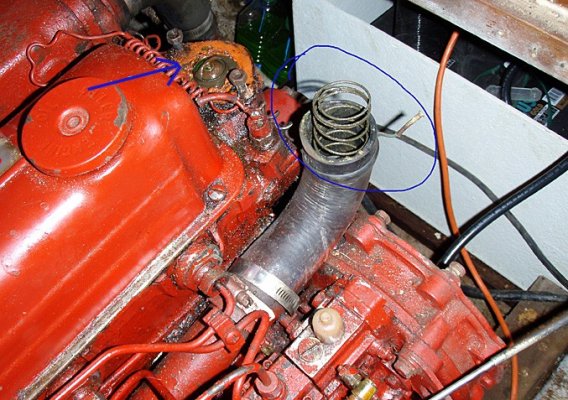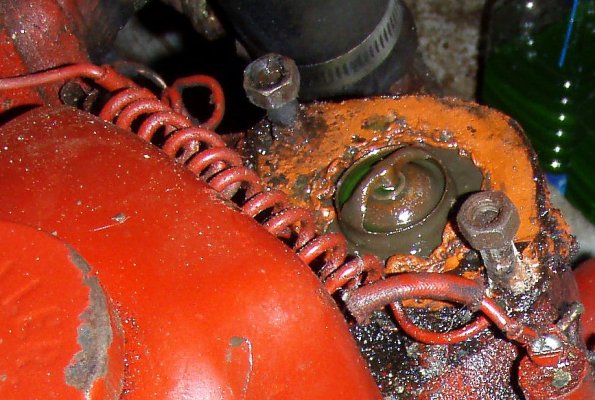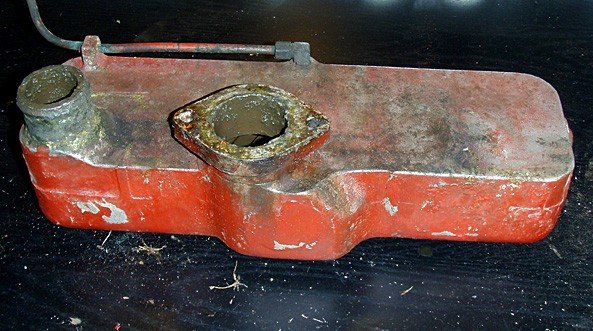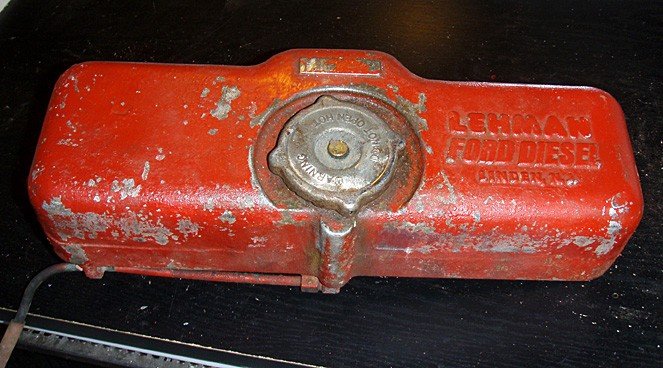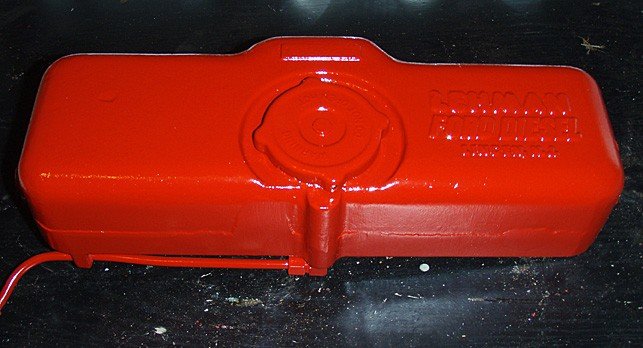Fotoman
Guru
- Joined
- Nov 12, 2009
- Messages
- 649
I started disassembling some parts of my engine (FL 120) to service them and paint them over the winter. Today I attacked the prestone system. I took out the tank and I have a few questions.
First I thought I would find a gasket between the tank flange and the block but it looks more like rubber than anything else (see picture). What is it exactly?
Then I noticed there was a spring in the elbow hose. Why? To prevent it from collapsing?
Finally the inside of the tank is pretty dirty with some goo that looks almost like mud. I rinced it with water but I'm wondering if I shoudl/could clean it better with some chemical.
As always your help is very much appreciated.
First I thought I would find a gasket between the tank flange and the block but it looks more like rubber than anything else (see picture). What is it exactly?
Then I noticed there was a spring in the elbow hose. Why? To prevent it from collapsing?
Finally the inside of the tank is pretty dirty with some goo that looks almost like mud. I rinced it with water but I'm wondering if I shoudl/could clean it better with some chemical.
As always your help is very much appreciated.

